© Edm
There is so much to see and learn in the world. Different countries, different cultures, different languages. Travelling is a fun and educational experience that broadens your horizons, but you cannot travel without a passport, that all-important document that identifies you as a citizen of the world. So, when did we start using them, what was the reason and who came up with the idea?
You might think passports are a recent invention, a product of the 20th century. But passports have a long and ancient history; they go back to the times of old civilizations, where people used different kinds of travel documents or ‘safe-conduct letters’. These early papers had similar functions to modern passports, such as securing the safety and protection of travellers in foreign lands.
In ancient Rome, officials issued documents known as tesserae hospitales and tesserae hospitalitatis to foreign diplomats and messengers. These documents, whose names can be translated as “hospitality tokens” or “guest tokens” provided safe passage and protection while travelling through Roman territories. They were typically written in Latin and carried the seal of the issuing authority. While not exactly the same as modern passports, these tesserae served a similar function in allowing individuals to travel safely. In the early history of Rome, outsiders could often enter the city only if they possessed such a document.
One of the oldest records of a travel document is found in the Hebrew Bible. It tells the story of Nehemiah, an official of King Artaxerxes I of Persia, who wanted to travel to Judea at around 450 BC. After asking the king for permission, he was given a letter “to the governors beyond the river”, signed by the king. This letter helped him travel safely through those lands.
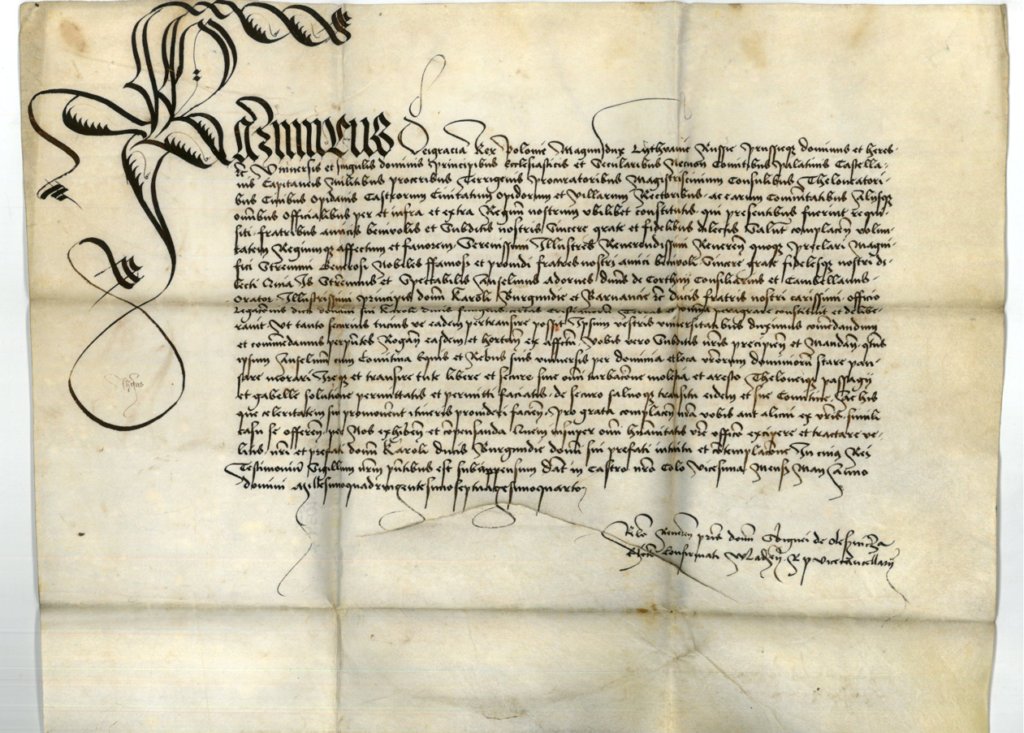
In the Middle Ages in Europe there were many feudal lords, monarchs and city states, and they issued different types of letters “of protection” These documents guaranteed travellers safe passage through different territories, and were very important for merchants, diplomats and pilgrims, as they protected them from being delayed, robbed or harmed on their journeys.
The concept of safe conduct in Europe continued to evolve over time as various rulers issued letters of protection to foreign visitors. In those chaotic times marked by wars, violence and robberies, these documents were much valued as they protected travellers them from being captured or injured.
| From ‘safe-conduct’ to passport
Even the mediaeval form of the passport had an “international” aspect. Many of these travel documents were written in Latin, which was the common language for official and diplomatic correspondence in the Middle Ages, which made it possible for these documents to be understood by officials in different regions and nations throughout Europe.
Mediaeval travel documents contained essential information such as the name and identity of the traveller, the purpose of the journey, the intended destination or itinerary, a request for safe passage and protection, and the seal or signature of the issuing authority. Nevertheless, it is important to recognise that while these mediaeval travel letters fulfilled comparable objectives to modern passports — namely, facilitating safe travel and protecting individuals — they did not have the standardised format, advanced security features and global recognition that modern passports have today.
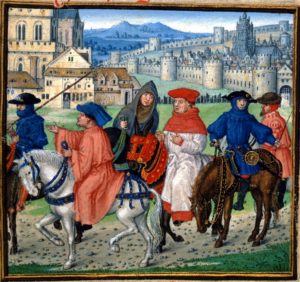
During the Middle Ages, the issuance of travel documents was a multifaceted affair, varying from region to region. In different territories and under different rulers, there were a variety of customs and procedures for issuing letters of protection. These letters were of particular importance to pilgrims embarking on a journey to venerated sites such as Jerusalem or the famous sanctuary of Santiago de Compostela on the Way of St James. In the folds of these documents, pilgrims found comfort because they guaranteed them passage through various realms and protected them from the spectre of disaster.
However, as the horizons of international travel and trade expanded, an urgent need arose for standardised travel documents that could cross borders and find universal acceptance. Thus began the gradual transformation of mediaeval passports into the modern passports we know today. This transformation was accompanied by the harmonisation of document formats, the introduction of sophisticated security measures and the conclusion of international agreements. These developments ensured that these documents became widely recognised and established as valued protectors of today’s travellers.
| Historic foundations
The 18th century was a crucial turning point in the history of the passport, as it gradually became a recognised and official travel document. In this era, decisive milestones were set that established the modern passport system. The term “passport” itself has its roots in this period, derived from the French expression “passe port”,” meaning “to pass through a port”. Originally, passports were associated with the idea of ensuring safe passage through ports, a symbol of safe passage through maritime areas.
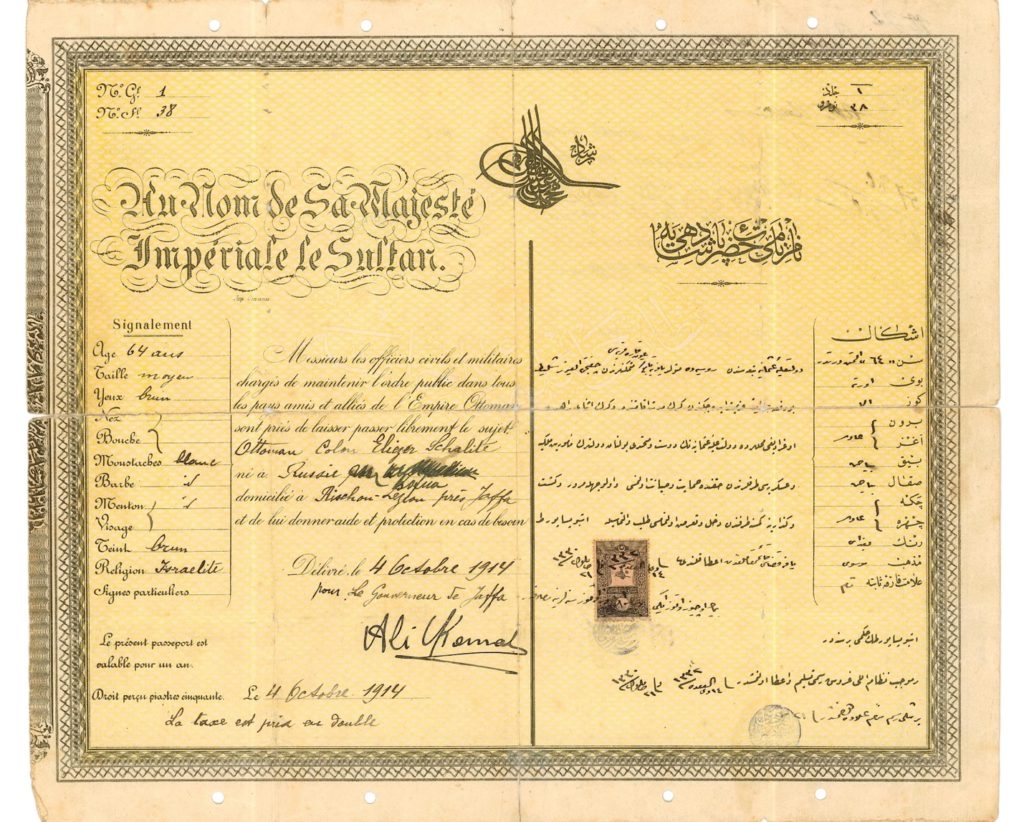
In the 18th century, passports were particularly important in the fields of diplomacy and the military. They served as an indispensable tool for diplomats and military personnel who went to foreign countries to establish their identity and assert their privileges. In this era, European states sought to issue standardised travel documents for their citizens travelling abroad.
These early passports bore the marks of hand-written artistry and contained important details about the traveller, including his nationality and the purpose of his journey. They were issued by a variety of authorities, from monarchs and governments to local officials, resulting in a lack of uniformity in design and format. The passport landscape of this era was a mosaic of different styles and structures.
While passports were initially intertwined with the diplomatic and governmental spheres, they gradually found application among other groups such as merchants seeking safe passage for trade, scholars seeking knowledge in foreign lands, and explorers seeking new frontiers. They began to rely on passports to navigate unfamiliar territories, and so, the use of passports extended beyond land, as the concept sailed the oceans and reached western shores for the first time. The United States, a young nation just emerging from the Revolutionary Wars, quickly embraced the idea of passports as their importance aligned with the values of a newly founded country.
| Entering the modern era
The American Revolution is a pivotal chapter in the history of passports, ushering in a new era in the issuance and use of travel documents in the nascent United States. Prior to the Revolution, British colonials residing in North America did not possess passports in the modern sense. Nevertheless, they relied on a number of documents to prove their identity and purpose of travel.

These documents, usually issued by the colonial authorities, took a variety of forms and contents. As tensions between the American colonies and the British government escalated in the years leading up to the Revolution, it became increasingly important for American colonists to prove their identity and protect their interests, especially when travelling abroad. This need was particularly pronounced among merchants and seafarers, who depended on such documents to navigate the intricate webs of trade and commerce.
During the Revolutionary War, the Continental Congress recognised the need for official travel documents, which led to the issuance of passports to American citizens. These early American passports were predominantly handwritten and contained important information about the holder, including their occupation and destination.
During this period, American passports were used primarily by diplomats, couriers and private citizens travelling overseas in the service of the revolutionary cause. Respected figures such as Benjamin Franklin, John Adams and John Jay, who were diplomats and representatives of the Continental Congress, relied on passports when participating in important negotiations with foreign governments such as France and the Netherlands. These diplomatic efforts were aimed at securing vital support for the American struggle for independence.

Some European countries, especially those that supported the American cause, honoured American passports and treated their holders as official envoys of the United States. This action was an important step in making the new nation respected and recognised in the world. It was also a great success for the passport as a valid means of proving who you are and where you travel around the world.
| The passport today
The passport became increasingly popular in the 19th century, and after the Napoleonic Wars, at the Congress of Vienna in 1815, diplomats and consuls were given some privileges and rules for issuing and accepting passports. The formats of passports also became more uniform in the 19th century, and printed papers replaced handwritten ones. These passports usually contained the holder’s name, physical description, occupation, nationality and other details. Governments began to use special passport designs and watermarks to prevent forgery. In Britain, passports became a standard document issued only to British nationals in 1855. It was a simple, single-sided paper document produced by hand, and it was one of the first versions of the passport as we know and use it today. Later, in the second half of the 19th century, some countries began to include photographs of the passport holder in their travel documents.
These photos made passports more secure and helped prevent identity theft. Along with passports, visa systems were introduced in the 19th century, which were issued by foreign governments to allow people to enter their country. The idea of visas worked in tandem with passports to control the movement of foreign people. As European powers expanded their empires in the 19th century, the demand for travel documents increased as European citizens travelling to distant colonies often needed passports and visas.
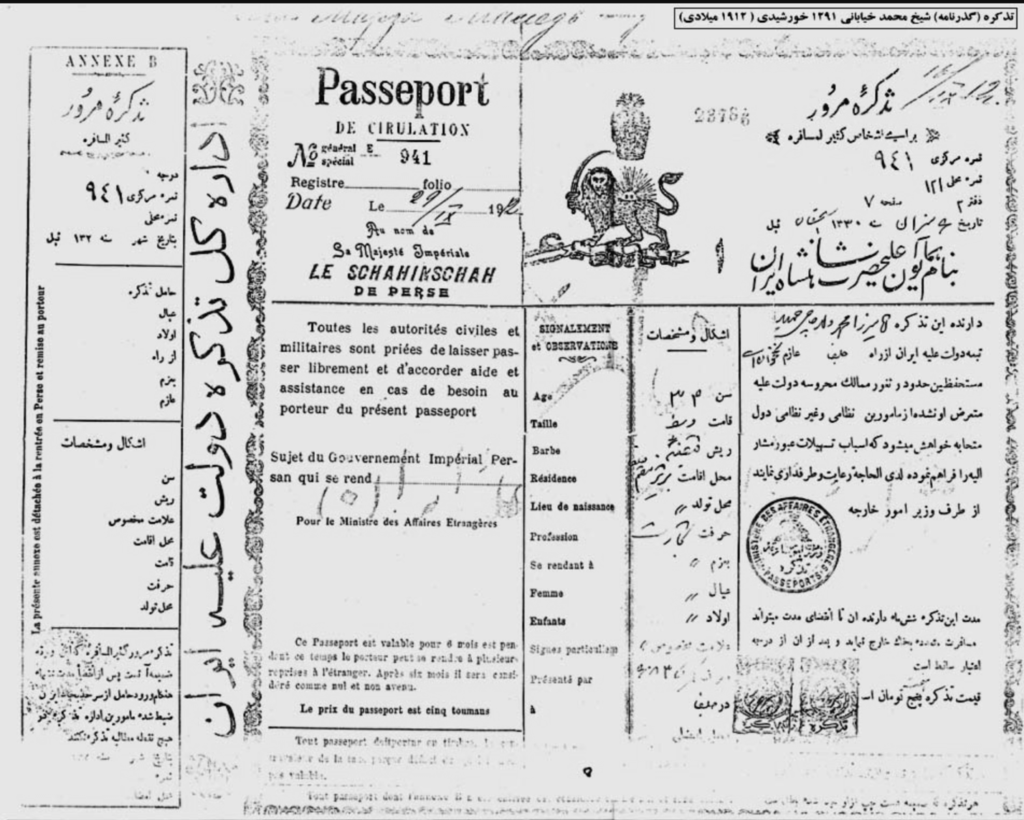
In 1914, the world plunged into a great war and a new chapter of history was written in blood. After the First World War, everyone needed passports and official papers to prove who they were. During the war, passports were used for military purposes and to restrict the movements of enemy persons, and after the war the world was still reeling from the horrors and it was hard to trust other countries. The League of Nations and later the United Nations helped to standardise passport formats and travel regulations to promote international cooperation.
After the turmoil of the Second World War, the passport underwent a remarkable metamorphosis and took on a contemporary form similar to the one we use today. The establishment of standards for machine-readable passports was a breakthrough that led to increased security measures and simplified immigration procedures. In the post-war years, however, embedded in the icy embrace of the Cold War, passports turned into instruments of ideological conflict; eastern bloc countries issued special travel documents to their citizens in secret, severely restricting their freedom of movement and subjecting them to strict controls. while for some, the passport became an instrument of population administration that cast a shadow over personal freedoms. Yet amidst this paradoxical landscape, there were also those who recognised the passport as a gateway to freedom and a way to explore nations around the world without restriction.
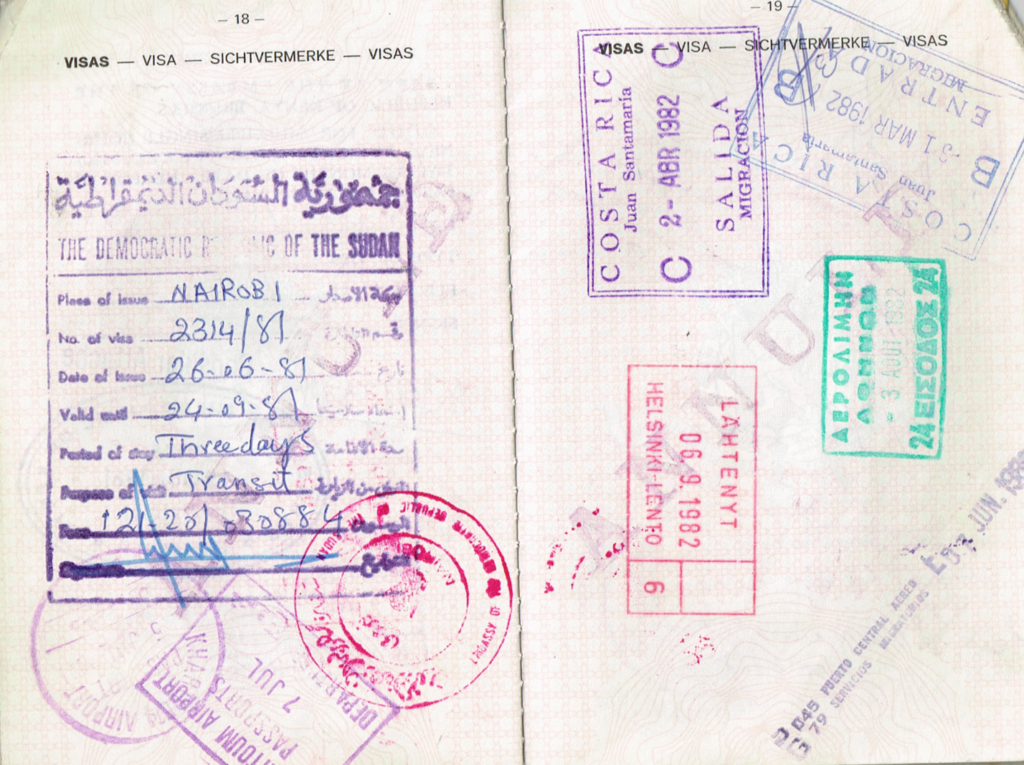
In 1985, a defining moment occurred with the signing of the historic Schengen Agreement which ushered in an era in which passport-free travel between numerous European countries became possible. At the beginning of the 21st century, marked by cutting-edge technologies, our passports underwent a further evolution. They became digital marvels and contained biometric chips placed inside them. These advanced passports protected personal data and used the power of facial recognition to take security measures to unprecedented levels.
Today, with borders standing like sentinels for security, passports have reached their pinnacle: they embody our identities and serve as faithful companions on our global journeys. The history of the passport is a testament to ever-changing international relations, profound security concerns and the unceasing drive to enable seamless global travel.
From the ancient convoy letters that promised safe passage to the modern biometric passports that navigate our interconnected world, this remarkable document has evolved to serve multiple purposes. In today’s world, passports have become an indispensable tool to ensure personal identification when travelling. For many, it is unimaginable – and often impossible – to embark on a journey without them.

